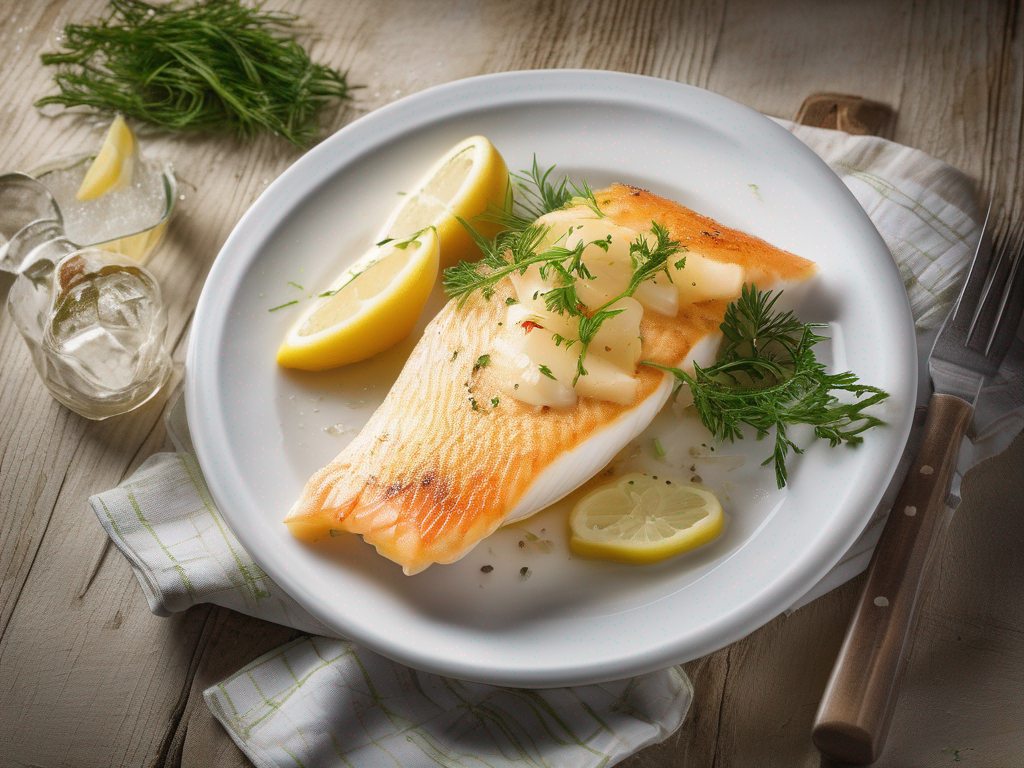
Safely Storing Leftover Haddock Fresh Cooked for Future Meals
Get Your Free Food Safety Cheat Sheet
30 most common foods with instant answers. Print it and stick it on your fridge—completely free!
Safely Storing Leftover Haddock Fresh Cooked for Future Meals
When you have delicious leftover haddock fresh cooked, you want to make sure it stays safe and maintains its quality for future meals. Proper storage is key to preventing foodborne illnesses and preserving the flavor and texture of your fish. In this guide, we will explore the best practices for safely storing leftover haddock fresh cooked so you can enjoy it later without any worries. (Haddock fresh cooked)
Understanding Haddock Fresh Cooked
Before we delve into storage tips, let's briefly discuss what haddock fresh cooked is and why it's important to handle it properly.
[Haddock fresh cooked](/food/haddock fresh cooked) is a popular seafood choice known for its mild flavor and delicate texture. Properly cooked haddock should have a firm, opaque flesh that easily flakes with a fork. However, like all perishable foods, haddock can spoil if not stored correctly.
Why Proper Storage Matters
Improper storage of leftover haddock fresh cooked can lead to bacterial growth, which can cause foodborne illnesses such as food poisoning. Additionally, if stored inadequately, haddock can lose its flavor and texture, resulting in a disappointing meal experience.
Now that we understand the importance of proper storage, let's explore some practical tips for safely storing leftover haddock fresh cooked.
Tips for Safely Storing Leftover Haddock Fresh Cooked
1. Cool Down Quickly
After cooking your haddock fresh, allow it to cool down to room temperature before storing it in the refrigerator. Rapid cooling helps prevent bacterial growth and maintains the quality of the fish.
2. Use Airtight Containers
Transfer the leftover haddock fresh cooked to airtight containers or resealable bags before storing them in the refrigerator. Make sure the containers are clean and dry to prevent contamination.
3. Label and Date
Always label the containers with the date when the haddock was cooked. This helps you keep track of how long the fish has been in the fridge and ensures you consume it before it spoils.
4. Store at the Right Temperature
Keep the leftover haddock fresh cooked in the refrigerator at a temperature of 40°F (4°C) or below. Avoid storing it in the fridge door as temperatures can fluctuate, affecting the quality of the fish.
5. Consume Within 3 Days
For optimal freshness and safety, consume the leftover haddock fresh cooked within 3 days of refrigerating it. If you don't plan to eat it within this timeframe, consider freezing it for longer storage.
Freezing Leftover Haddock Fresh Cooked
If you want to store your leftover haddock fresh cooked for an extended period, freezing is a great option. Here's how you can freeze haddock for future use:
- Wrap the haddock in plastic wrap or aluminum foil to prevent freezer burn.
- Place the wrapped fish in a freezer-safe bag or container.
- Label the package with the date and type of fish.
- Store the haddock in the freezer at 0°F (-18°C) or below.
When properly frozen, haddock can last for up to 3 months without compromising its quality. To thaw frozen haddock, transfer it to the refrigerator and allow it to defrost slowly overnight.
Conclusion
Properly storing leftover haddock fresh cooked is essential for maintaining its quality and safety. By following the tips outlined in this guide, you can enjoy delicious haddock meals without any concerns about foodborne illnesses or spoilage. Remember to cool down the fish quickly, use airtight containers, label and date the leftovers, store at the right temperature, and consume within 3 days for optimal freshness. If you choose to freeze the haddock, make sure to follow the recommended freezing and thawing procedures for the best results. With these storage tips in mind, you can savor your leftover haddock fresh cooked with confidence. (Haddock fresh cooked)
Authoritative Food Safety References
These agencies and university labs inform every tip and health precaution we publish.
USDA FoodKeeper – Cold Storage Guidelines
Official refrigerator, freezer, and pantry timelines maintained by the U.S. Department of Agriculture.
Visit USDA FoodKeeperFDA Produce Safety Rule & Grower Guidance
Field-to-fridge handling practices that prevent contamination of fruits, vegetables, and leafy greens.
Visit FDA Produce SafetyCDC Foodborne Illness Prevention Hub
Surveillance-backed guidance on pathogens, symptoms, and steps to reduce foodborne illness risk.
Visit CDC Food SafetyUC Davis Postharvest Technology Center
University research detailing optimal storage atmospheres for produce after harvest.
Visit UC Davis PostharvestPenn State Extension – Home Food Preservation & Safety
Peer-reviewed extension bulletins on safe canning, chilling, and reheating practices.
Visit Penn State ExtensionGet Your Free Food Safety Cheat Sheet
30 most common foods with instant answers. Print it and stick it on your fridge—completely free! Want more? Upgrade to the complete guide with 70+ foods.
Scan your food directly and get instant safety info using our AI-powered camera feature.